-
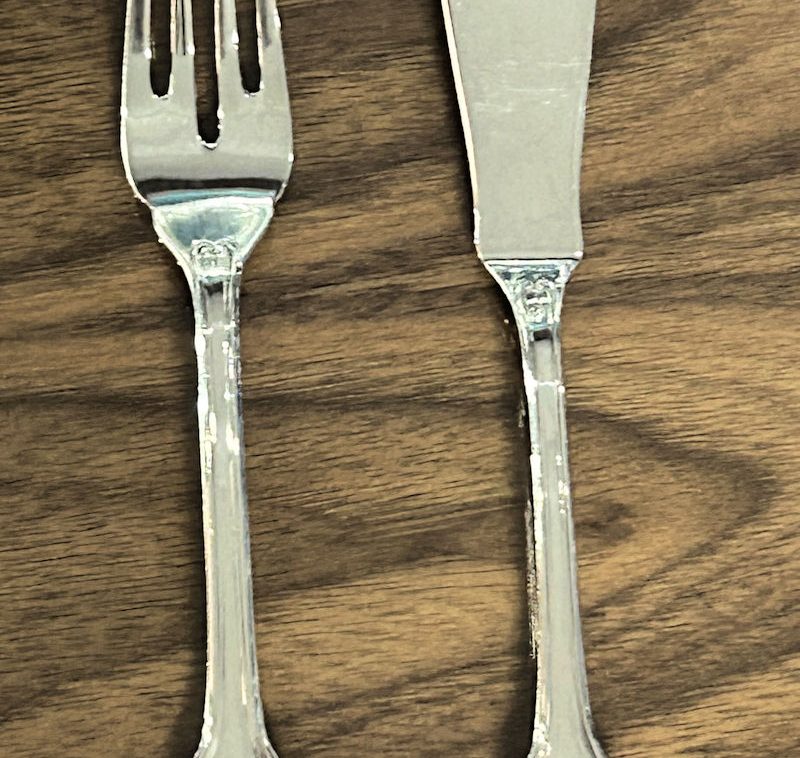
Italian Silver Fiddle Thread and Shell Pattern Fish Knives and Forks made circa 1935
£1,850ENQUIRE ABOUT THIS PIECEFA217x18Date:1935Maker: Ricci of Alessandria£1,850 -
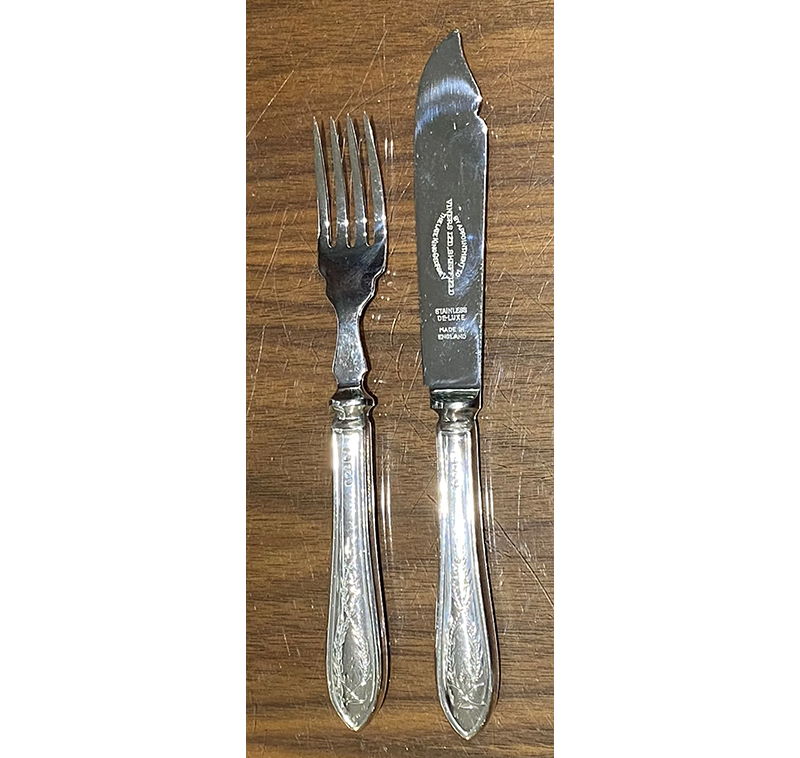
Set of 12 Pairs of Sterling Silver Engraved Sandringham Pattern Fish Knives and Forks made in 1938
£1,450ENQUIRE ABOUT THIS PIECEFA247x15FDate:1938Maker: Emile Viner£1,450 -
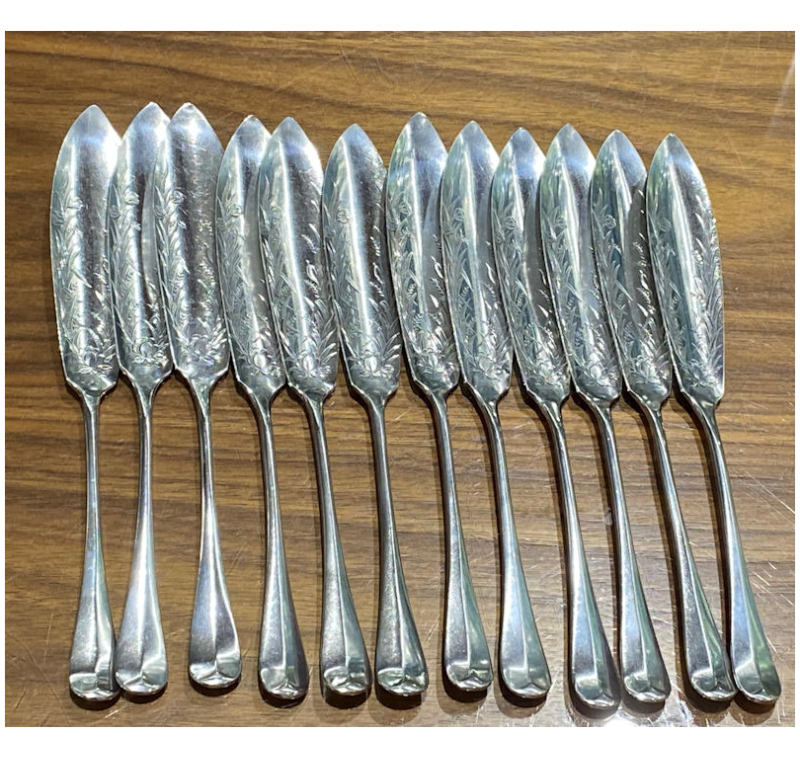
Antique Silver Victorian Rattail Pattern Fish Knives made in 1882
£1,150ENQUIRE ABOUT THIS PIECEFA168x7Date:1882Maker: Edward Hutton£1,150 -
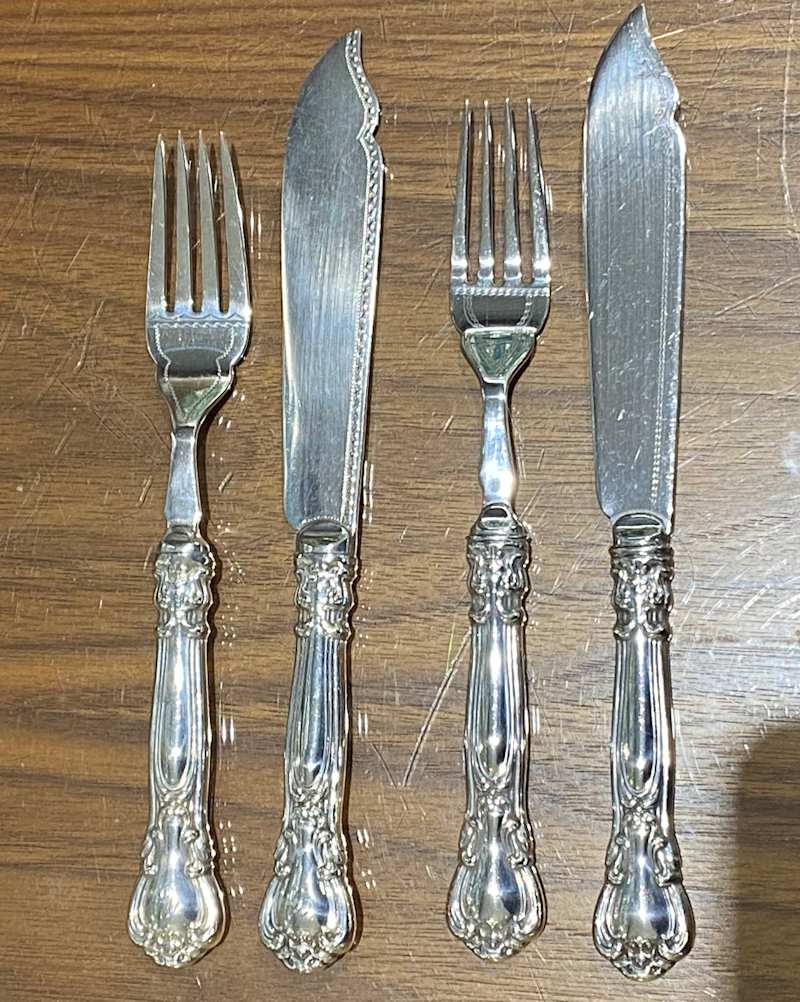
12 Pairs of Chantilly Pattern Sterling Silver Fish Knives and Forks (Blades Silver Plated) made in C1905
£885ENQUIRE ABOUT THIS PIECEFA233x5Date:1905Maker: Henry Birks & Sons£885 -

Antique Silver William IV Fish Slice made in 1837
£385ENQUIRE ABOUT THIS PIECEFA262x1Date:1837Maker: Richard Duncan£385 -
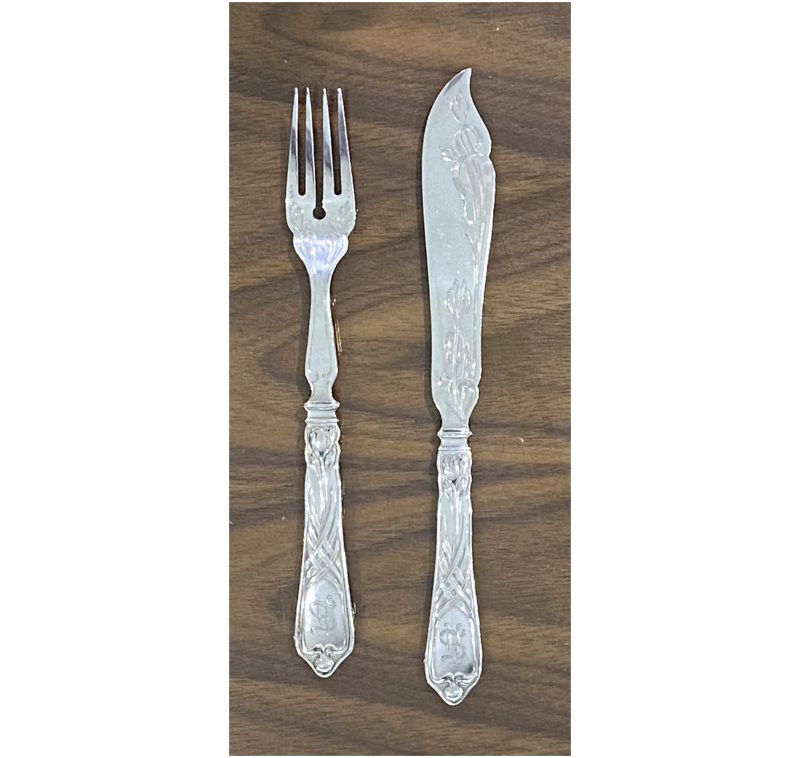
Antique Silver Art Nouveau Fish Knives and Forks made in C1905
£1,850ENQUIRE ABOUT THIS PIECEFA181x19Date:1905Maker: Wilkens£1,850 -
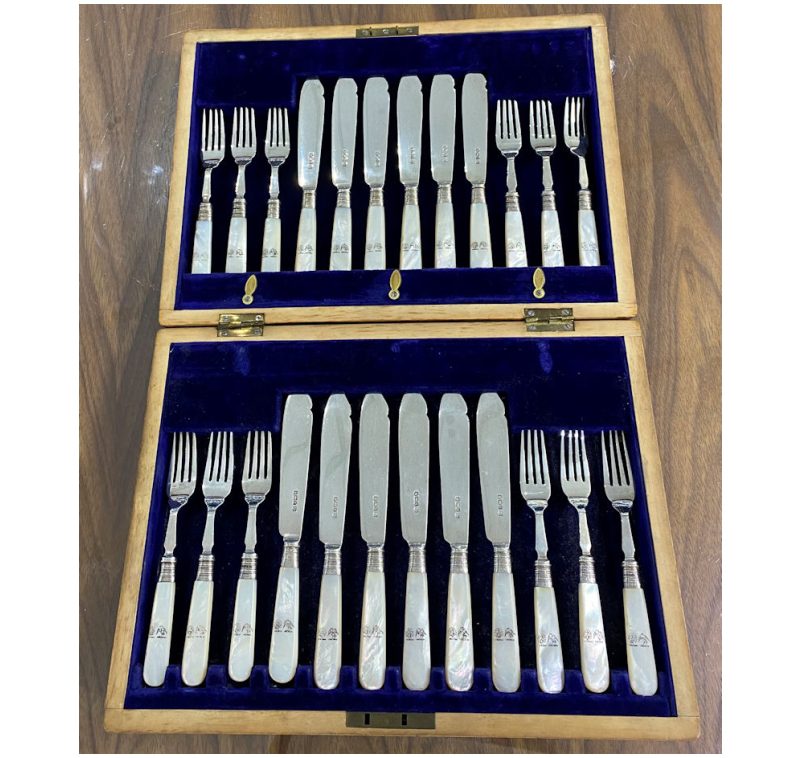
Set of Edwardian Antique Silver Mother of Pearl Fish Knives & Forks made in 1909
£1,600ENQUIRE ABOUT THIS PIECEFA185x12Date:1909Maker: Fenton Bros Ltd£1,600 -
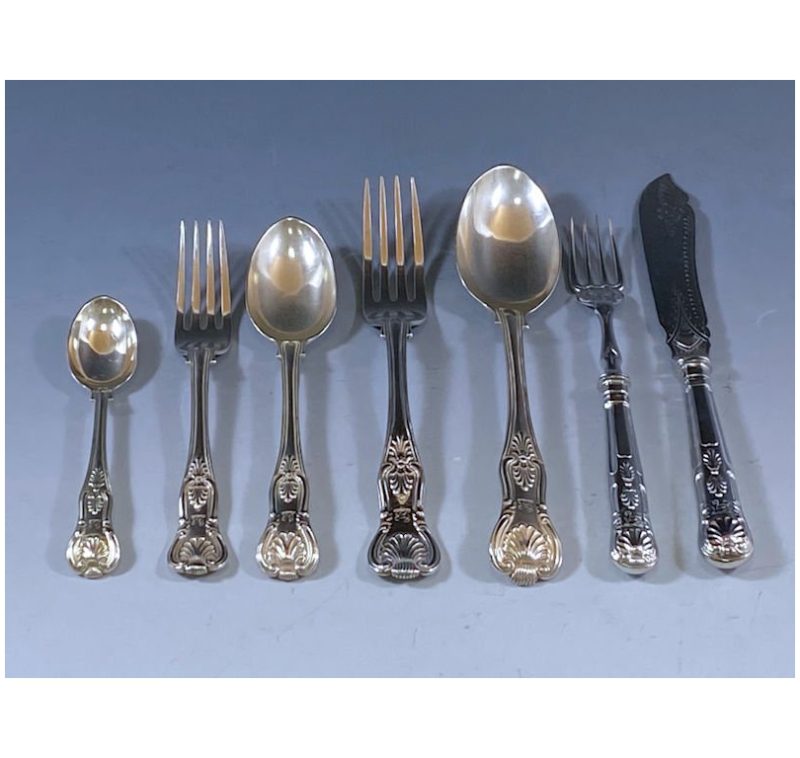
Antique Silver Victorian Kings Pattern Cutlery / Flatware Service for 18 made in 1891-92
£12,800ENQUIRE ABOUT THIS PIECEFA211x22Date:1891 - 1892Maker: Charles Boyton & Son, Mappin & Webb Ltd£12,800 -
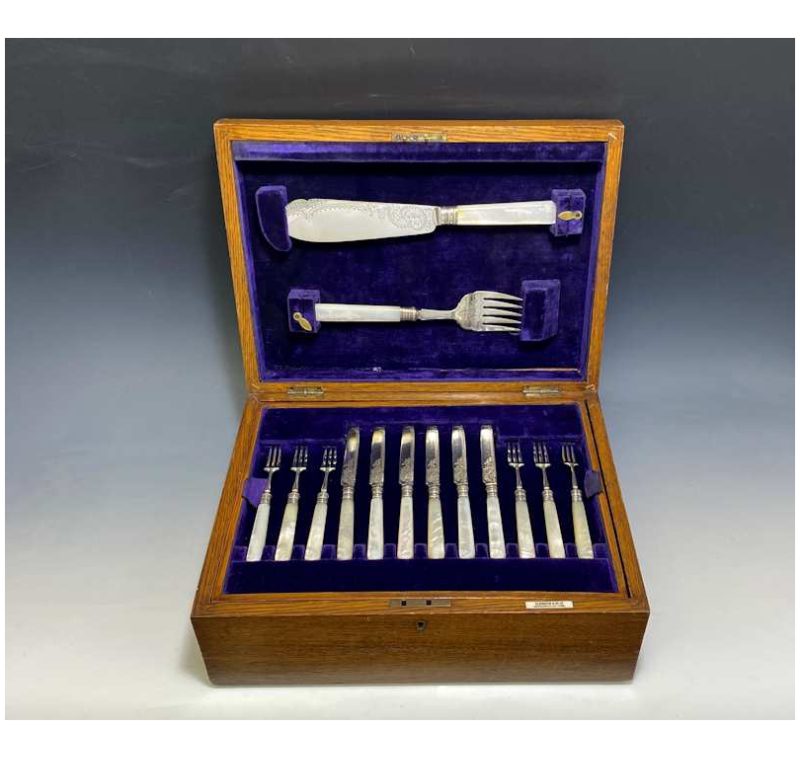
Antique Silver & Mother of Pearl Edwardian Fish & Fruit Dessert Service made in 1906
£4,900ENQUIRE ABOUT THIS PIECEFA108x1Date:1906Maker: Elkington & Co£4,900 -
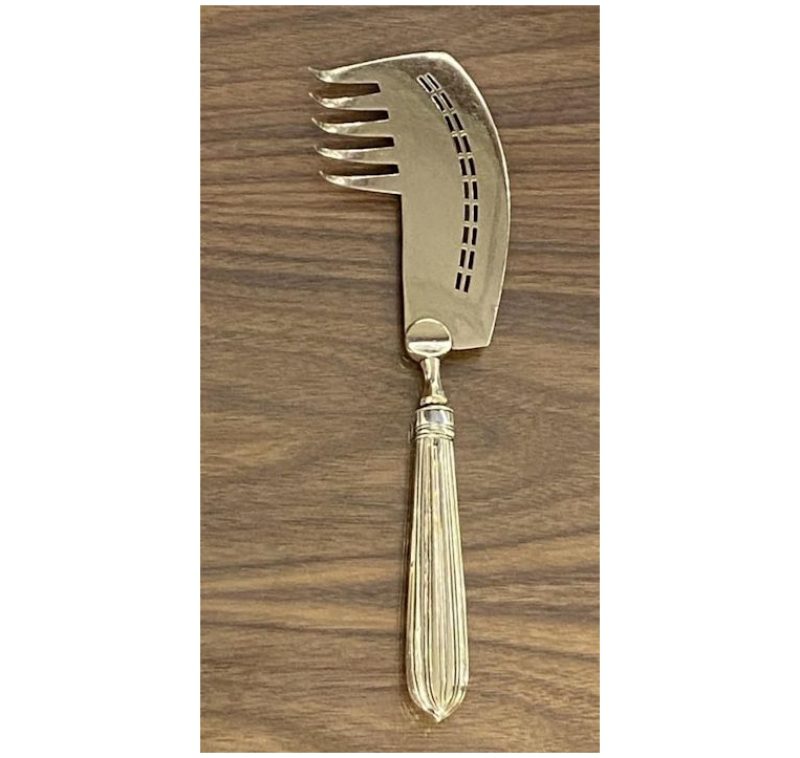
Antique Silver George III Gilt Slice made in 1800
£685ENQUIRE ABOUT THIS PIECEFA216x2Date:1800Maker: William Eley & William Fearn£685 -
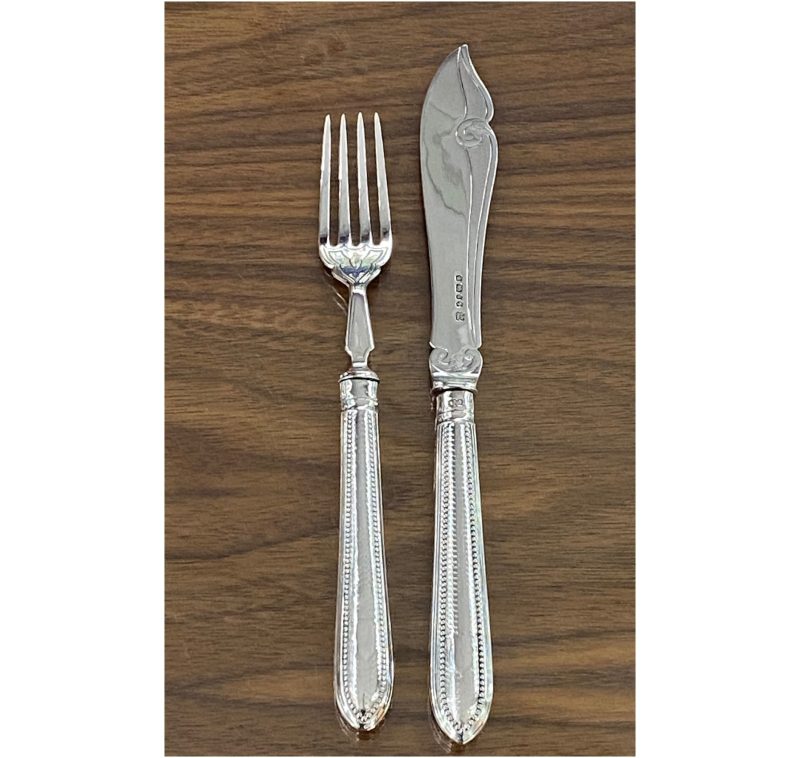
Set of Victorian Antique Silver Fish Knives & Forks made in 1868-1902
£1,900ENQUIRE ABOUT THIS PIECEFA222x25Date:1868 - 1902Maker: Martin Hall & Co£1,900 -
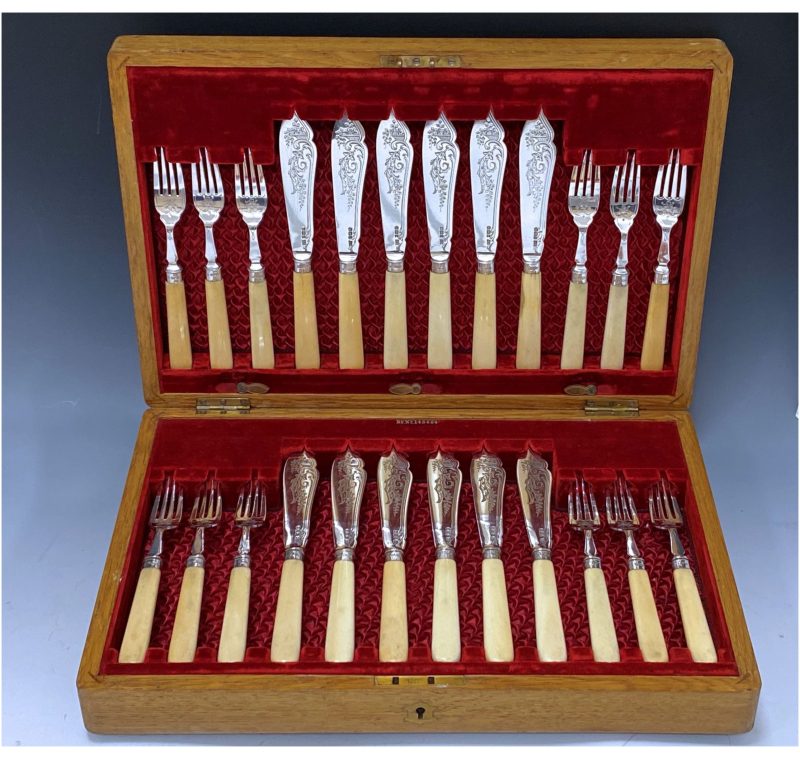
Antique Victorian Silver & Bone Fish Knives & Forks made in 1895
£1,250ENQUIRE ABOUT THIS PIECEFA213x19Date:1895Maker: Joseph Rodgers£1,250 -
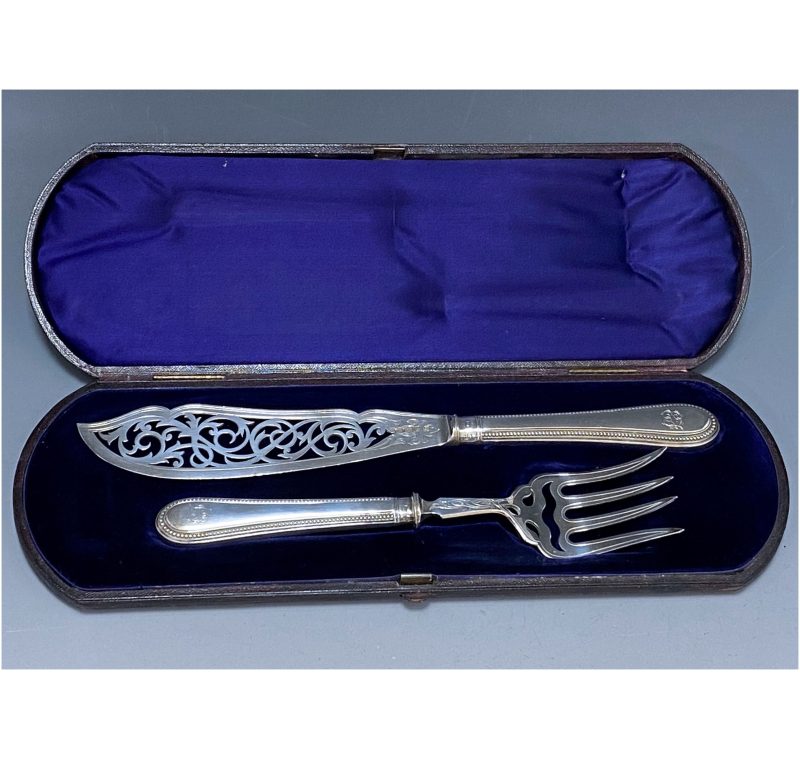
Pair of Victorian Antique Silver Fish Servers made in 1875
£495ENQUIRE ABOUT THIS PIECEFA249x21Date:1875Maker: Martin Hall & Co£495 -
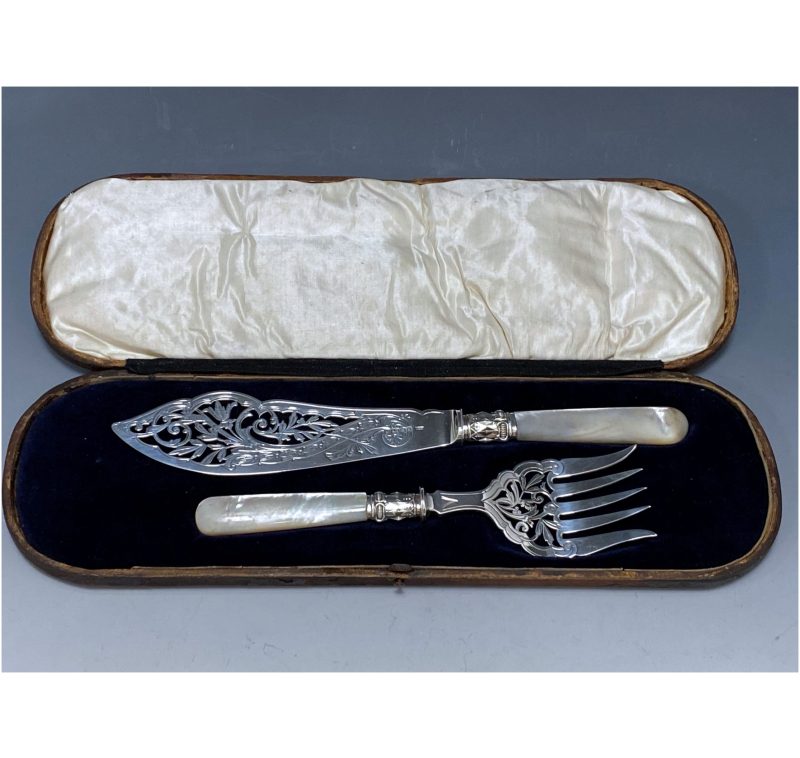
Pair of Antique Silver & Mother of Pearl Fish Servers made in 1877
£585ENQUIRE ABOUT THIS PIECEFA248x7Date:1877Maker: John Edward Bingham£585
[gtranslate]







